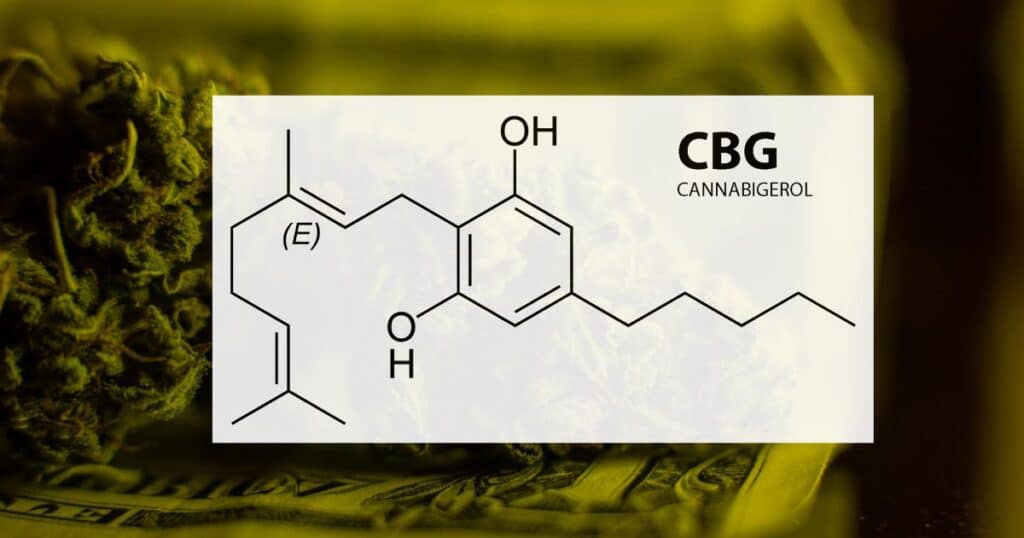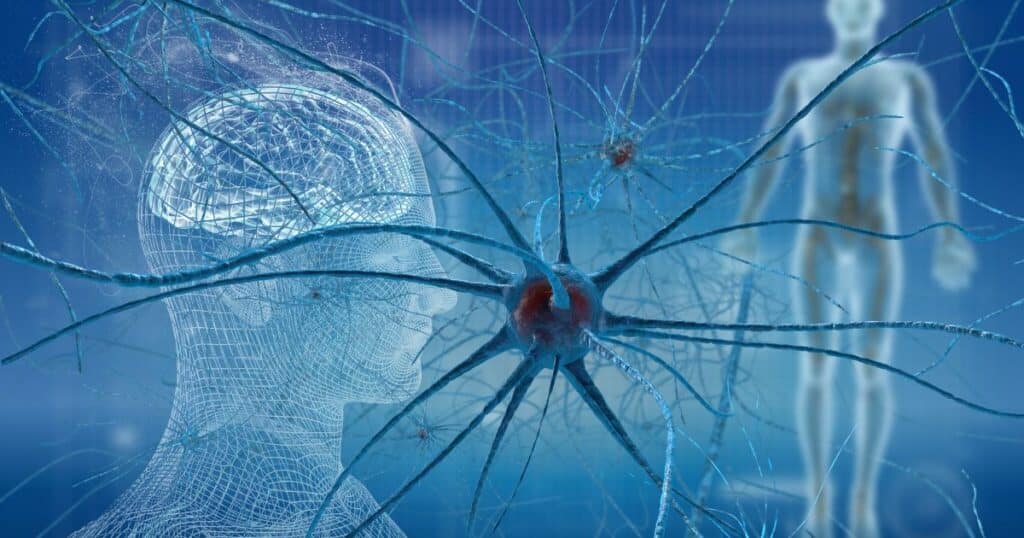CBG, also known as cannabigerol, has been used by humans for thousands of years. It is a lesser-known cannabinoid found in both cannabis and hemp plants. While THC and CBD tend to steal the spotlight when it comes to cannabinoids, CBG shouldn’t be overlooked. This powerful compound offers its own unique medicinal benefits that are worthy of recognition.
To fully understand CBG and its effects, it’s important to have a basic understanding of the endocannabinoid system (ECS). This complex system plays a crucial role in maintaining balance within the body and is responsible for regulating many essential bodily functions. Let’s dive deeper into what CBG is and how it interacts with the ECS to produce potential medicinal benefits.

CBG was first discovered in 1964 by Israeli scientists. It is often referred to as the “mother of all cannabinoids” or “parent cannabinoid because it is the precursor to other major cannabinoids such as THC and CBD. CBG is produced in both cannabis and hemp plants through a process called biosynthesis. To get a little technical, cannabigerolic acid (CBGA) is the acidic form of CBG. It’s the chemical precursor for THCA and CBDA, which are the acids that evolve into THC and CBD. These compounds evolve into a usable form when heated by fire (when smoking a bowl or joint, for example) or when turned into vapor.
The main receptors in the brain and body’s endocannabinoid system (i.e., the components of our brain and body which respond to cannabis) are the CB1 and CB2 receptors. CBG has been shown to partially interact, or agonize, weakly with both receptors. THC also partially agonizes the CB1 receptor, and this is what gets you high. CBG’s effects on CB1 are WAY too weak, and it’s possible that it could also neutralize the effects of THC as well on the same receptor.
The Medicinal Potential of CBG
CBG is non-intoxicating, meaning it does not produce a “high” like THC does. This makes it a desirable option for those seeking medicinal benefits without the psychoactive effects. Research has shown that CBG can bind to both CB1 and CB2 receptors in the endocannabinoid system, similar to how CBD works.
This interaction can have potential medicinal benefits, such as reducing inflammation and pain, promoting relaxation and sleep, and even potentially inhibiting the growth of cancer cells. Additionally, CBG has been found to counteract the effects of THC, potentially helping to reduce anxiety and paranoia that can be caused by high levels of THC.
Methods Of Consumption For CBG
There are a variety of methods for consuming both CBG. To experience the effects of CBG, smoking dried flowers or resin are not the only options. CBG can also be consumed through edibles, tinctures, capsules, powder, and topical creams.
Here are several methods of consuming CBG, including:
- Smoking: The traditional way of consuming CBG is by smoking dried flowers or resin. This method produces a fast onset of effects but can be harsh on the lungs and throat.
- Edibles: CBG can also be consumed through edibles, such as brownies, cookies, and gummies.
- Tinctures: CBG tinctures are liquid extracts placed under the tongue or mixed into food or drinks. This method produces a fast onset of effects and allows for more precise dosing.
- Topicals: CBG topicals are creams, balms, and salves applied directly to the skin. This method is helpful for localized pain and inflammation.
- Vaping: CBG can also be consumed by vaping, which involves inhaling a vaporized oil or liquid. This method produces a fast onset of effects but can harm the lungs.
- Suppositories: CBG can be used in a suppository. A suppository is another way to deliver a drug. It’s a small, round or cone-shaped object that you put in your body, often into your bottom. Once it’s inside, it melts or dissolves and releases its medication.
Understanding the Endocannabinoid System
The endocannabinoid system (ECS) is a complex network of receptors and neurotransmitters that are found throughout the human body. It plays a crucial role in regulating essential bodily functions such as hormone levels, heart rate, and sleep. The ECS works to maintain homeostasis in the body, which is a state of balance and stability that is necessary for optimal health. It accomplishes this by producing and utilizing endocannabinoids, which are similar to cannabinoids found in cannabis but are produced naturally by the body.
A major job of the ECS is homeostasis, which regulates many of your body’s essential functions, including:
- Hormone levels and fertility
- Heart rate
- Body temperature
- Hunger and digestion
- Immune function
- Sleep
- Mood
- Memory and concentration
- Pain
- Motor control
- Awareness of your senses

Your endocannabinoids communicate with your nervous system to keep all these things within acceptable parameters. When you consider that, it makes sense that cannabinoids can treat numerous medical problems.
An important difference between your endocannabinoids and cannabinoids from an outside source, however, is that yours work in precise coordination with only the system that needs correcting at that moment. When you inhale cannabinoids from, say, smoking marijuana, they flood through your whole body and make both desirable and undesirable changes at the same time.
How Cannabinoids Work in the Body
In 1988, Dr. Allyn Howlett and her team of researchers at St. Louis University first discovered the cannabinoid receptor, which is a type of protein found in cells that bind with cannabinoids like those produced naturally by our bodies or from plants such as cannabis.
Cannabinoid receptors were discovered because researchers tried to understand how phytocannabinoids like THC and CBD interact with the body. So they have named cannabinoid receptors after the main chemicals that activate them — cannabinoids.
Scientists later discovered that the body produces very similar molecules that fit the same receptors. They were named endocannabinoids.
Endocannabinoids produced by the body are similar to cannabinoids found in cannabis but are specifically tailored to interact with receptors in the ECS. On the other hand, cannabinoids from an outside source, such as cannabis, can interact with a variety of receptors in the body and produce different effects. For example, inhaling cannabinoids can affect the whole body at once, unlike endocannabinoids which work precisely with specific systems. This is why certain strains of cannabis may have varying effects on the body.
The Endocannabinoid System relies on two main types of receptors, CB1 and CB2, to help regulate physiological functions. CB1 receptors are located mainly in the brain and nervous system, while CB2 receptors are primarily found in immune cells. The main function of both types of receptors is to detect changes in the environment and activate pathways that can restore balance within the body.
CB1 receptors are essential in regulating mood, appetite, memory formation, motor control, coordination, pain perception, sleep patterns, and more. Although they are primarily found in the central nervous system, they can also be present in other organs, such as the liver or kidneys.
On the other hand, CB2 receptors are mainly involved in immune functions and inflammation. They are found in immune cells such as macrophages, B-cells, natural killer cells, and T-cells.
When cannabinoids such as THC or CBD bind to these receptors, they can cause body changes that help restore homeostasis. For example, when THC binds with CB1 receptors, it has been known to increase dopamine levels, reducing anxiety and improving mood.
Similarly, CBD binding with CB2 receptors has been linked to reducing inflammation and pain perception in the body. In short, both receptors play an essential role in maintaining balance within the human body by responding to environmental changes.
Enjoyed that first hit? Come chill with us every week at the Friday Sesh for a freshly packed bowl of the week’s best cannabis news!
- Can CBD Help Combat Alcohol Binge Drinking? A Study Suggests It Might
- Missouri Hemp Farmers Form Missourians for a Single Market in Attempt to Redefine Regulations
- Restaurant Spotlight: 1811 in Berlin – Timeless Taste in Charlottenburg
- Texas Governor Abbott Vetos Senate Bill 3, Calls For Special Legislative Session
- Petition Calls on Meta to End Cannabis, Psychedelic, and Harm Reduction Communities Censorship
- Texas Expands Medical Cannabis Access with House Bill 46















